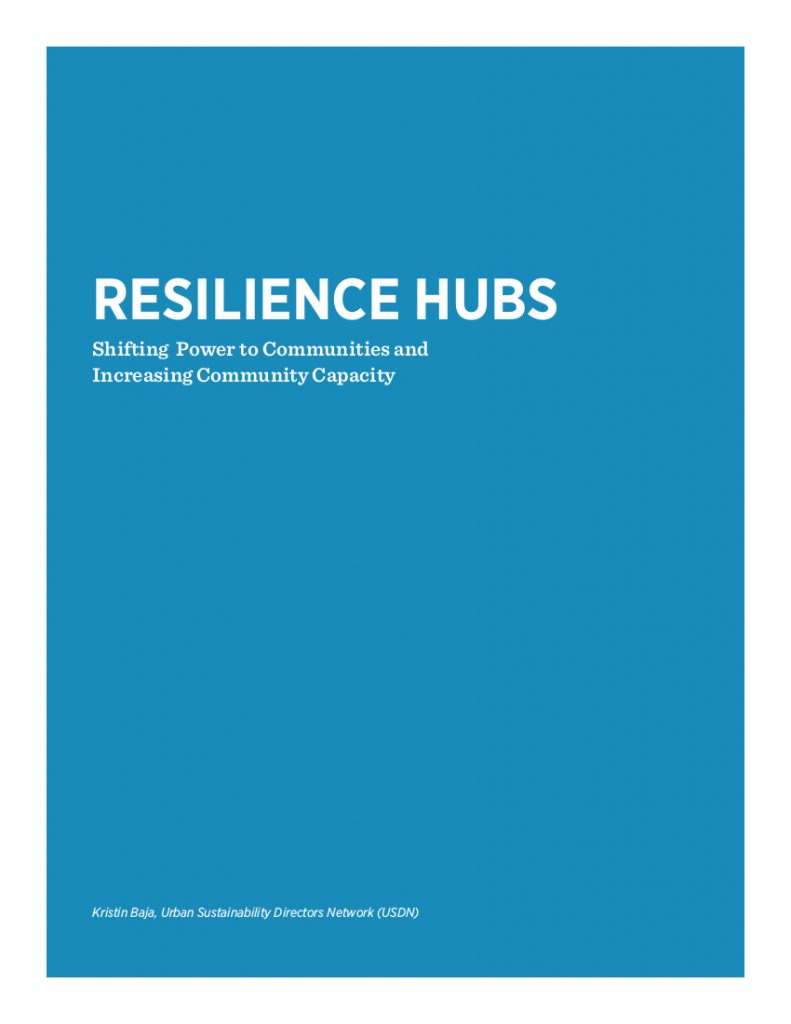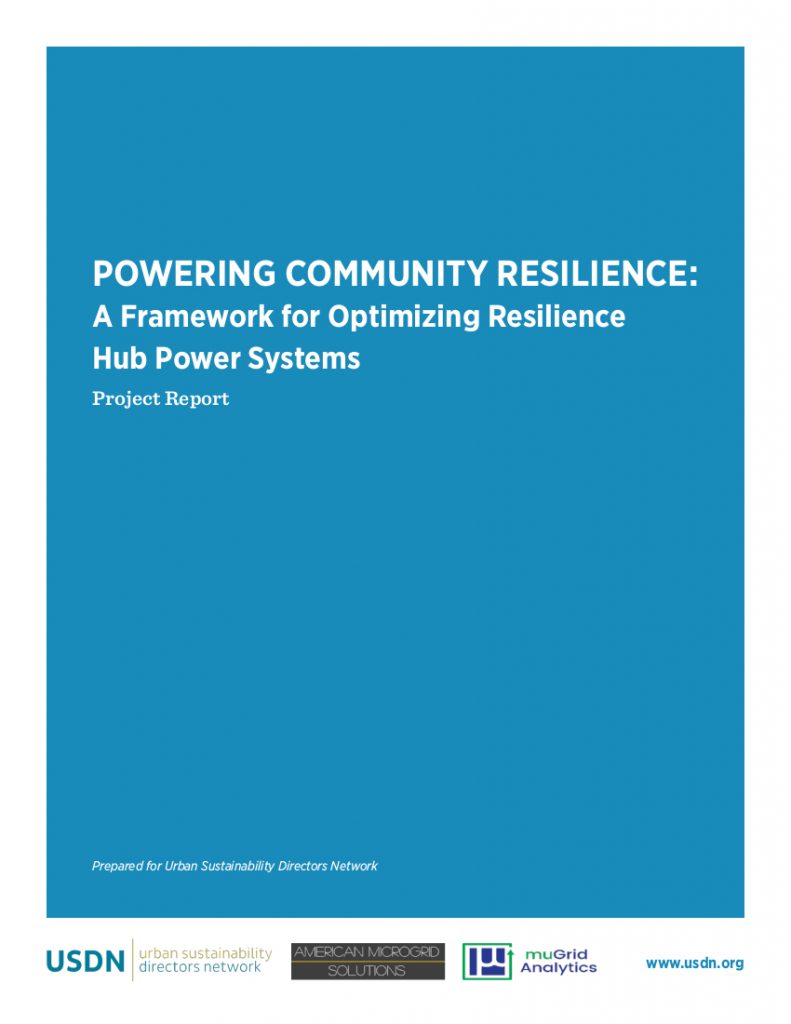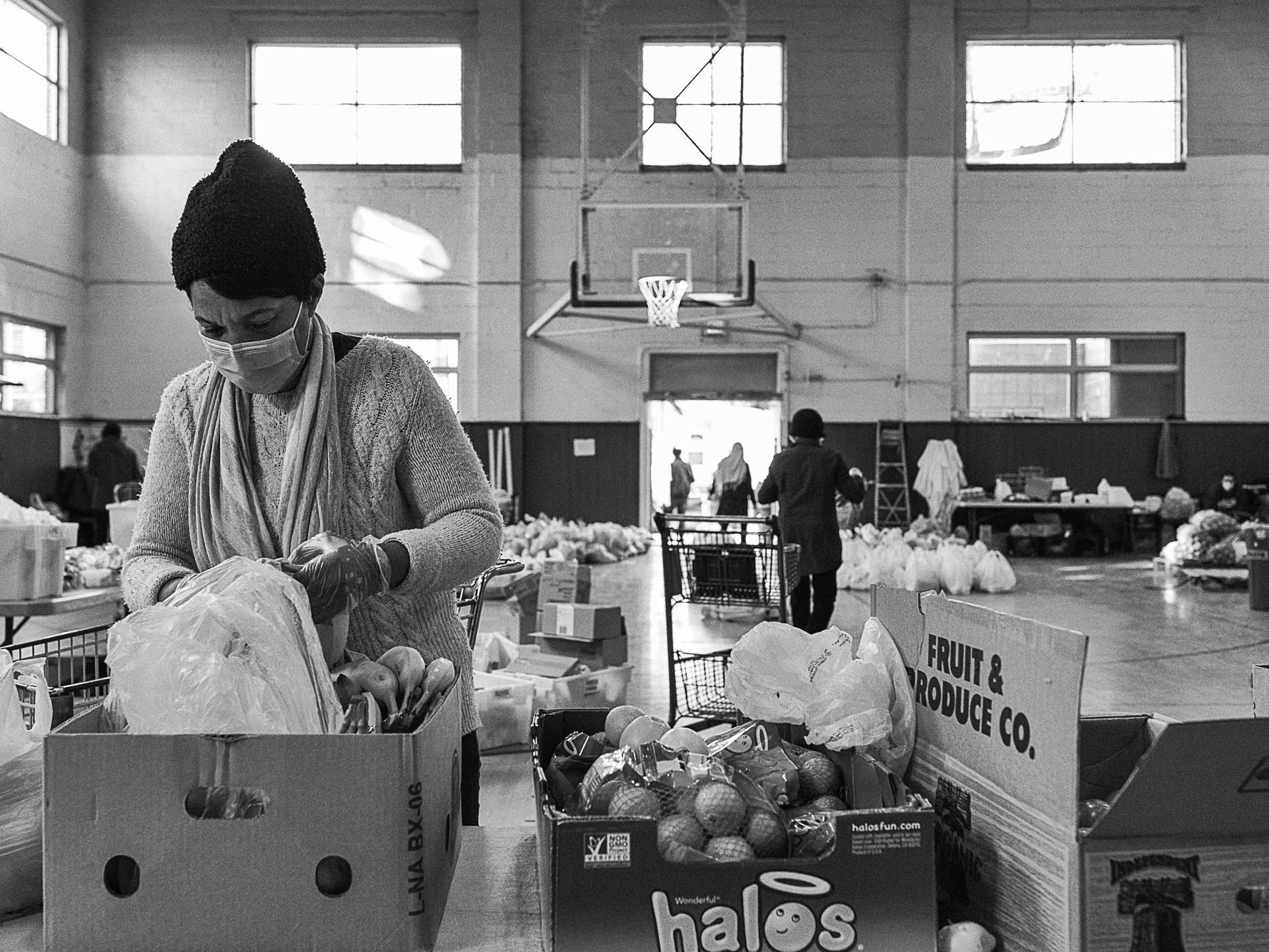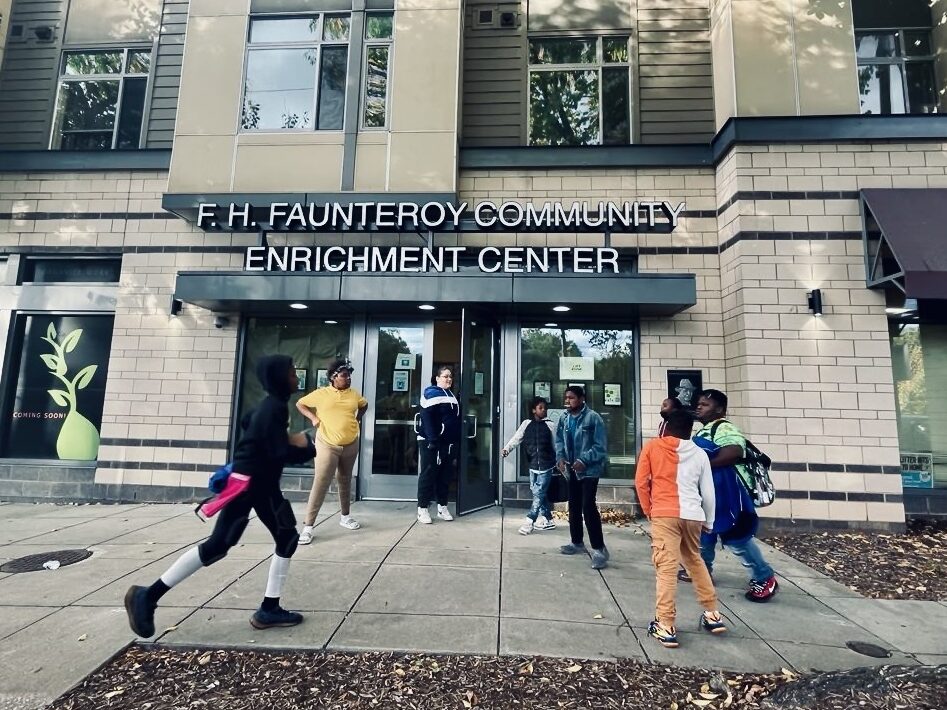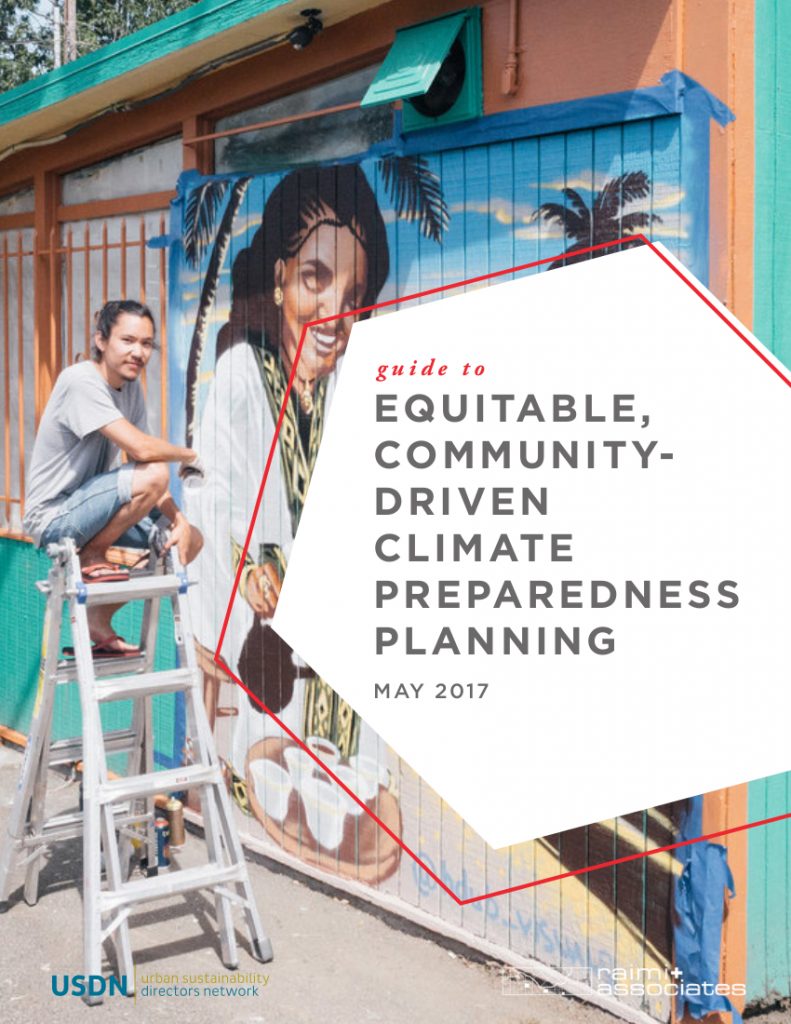
Resilience Hub Series
USDN participates in COP as a Race to Resilience Partner. Race to Resilience is a global campaign designed to elevate global ambition for climate resilience. It aims to “put people and nature first in the pursuit of a resilient world, one where we don’t just survive climate shocks and stresses, but we thrive in spite of them”. USDN has partnered in this effort to help equip local government practitioners to be catalysts of transformative change.
Actionable Documents
How can a community develop a Resilience Hub? The USDN Resilience Hubs Guidance Document provides step-by-step support for local governments, communities, and partners interested in developing a Resilience Hub. This document is constantly evolving and will be updated every few months with new information.
Citation: Baja, K. (2019). Guide to Developing Resilience Hub. Urban Sustainability Directors Network. http://resilience-hub.org
Literature-Based Supporting Documents
The USDN Resilience Hubs White Paper is a short introduction document that identifies what Resilience Hubs are and why they must have community needs and benefits at their core. It makes the case for increasing community resilience through enhancing community connectivity and enhancing quality of life. It is a brief introduction to Resilience Hubs and their core components.
Citation: Baja, K. (2018). Resilience Hubs: Shifting Power to Communities and Increasing Community Capacity. http://resilience-hub.org
One of the core components of a Resilience Hub is a resilient power system. To address the specific and complex issues related to resilient power systems, USDN collaborated with technical experts to develop the USDN Resilience Hubs Technical Power Systems document. This document provides in-depth information about resilient power systems and hybrid solutions.
Public Facing USDN Support Documents
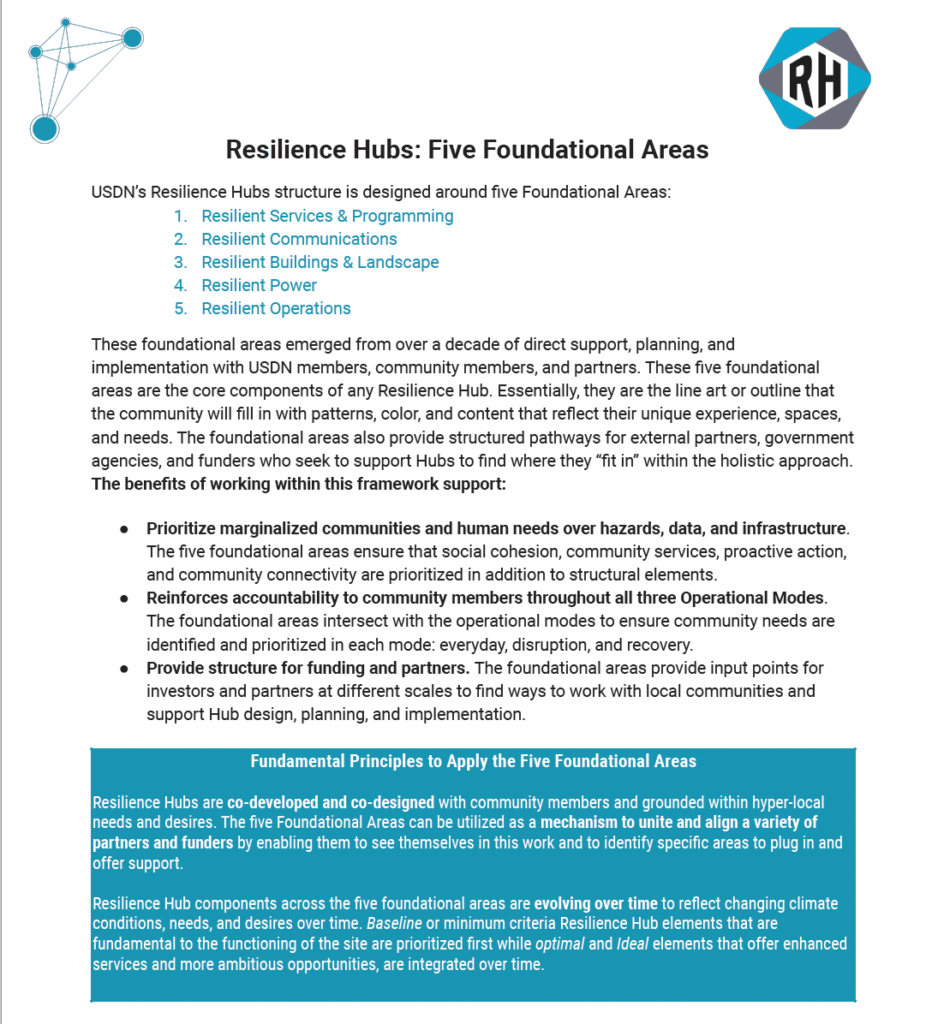
Resilience Hub Five Foundational Area Two-Pager
Download Here:
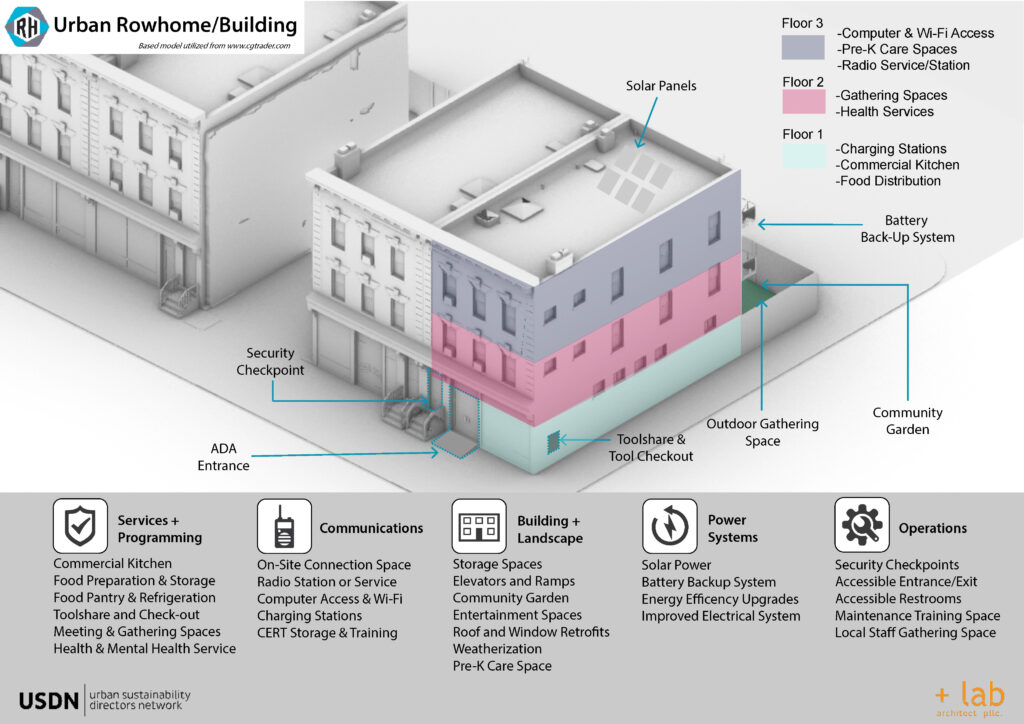
Download Here:
Resilience Hub Design Guide
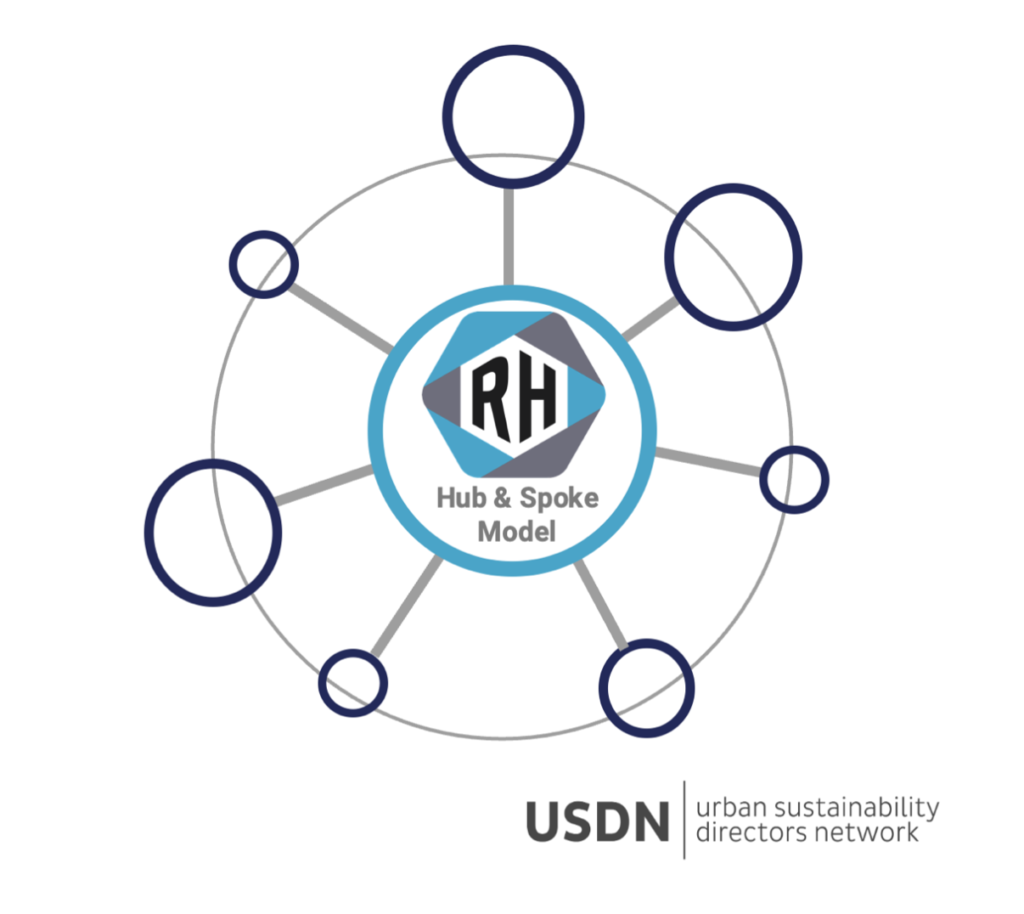
Resilience Hub & Spoke Model
Download Here:
Resilience Hub Site Spotlights
Additional resources and technical support are available to USDN members and MOU-level partners:
To become a USDN Partner, click here.
Resilience Hub Operations Manual (Editable Template)
Resilience Hub Cost Estimates
Cert Level 11 Training
Resilience Hub MOU Guidance Document
Resilience Hub RFP Guidance Document
Guidance for Hub ‘Baseline’, ‘Optimal’, and ‘Ideal’
Resilience Hub Return on Investment Two-Pagers
Resilience Hub Design Document
Resilience Hub Fiscal Snapshots
Community Co-Development Guidance
Candidate Site Evaluation Tool
Resilience Hub Analysis Tool
USDN Five Foundational Areas One-Pagers
Resilience Hub Funding and Finance Platform
Resilience Hub Legal Considerations
How to Operationalize a Hub in Disruption
Guidance on Growing a Resilience Hub Network
Resources for Centering Human Connectivity and Adaptive Capacity
Sample Partner Resilience Hub Operations Manual
Partner Resources for Community-led Planning
Partner Resources for Hazard Assessment
Partner Resources for Performance Specifications
Supporting Documents
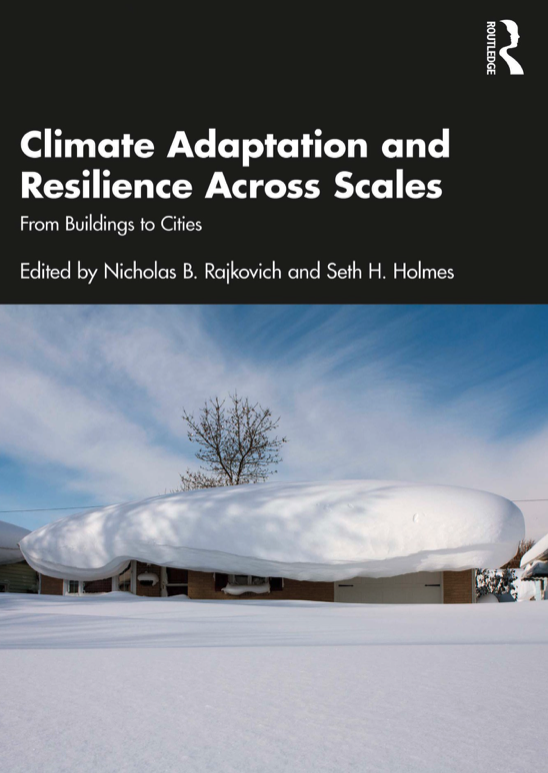
Climate Adaptation and Resilience Across Scales Chapter 6: Shifting Power to Communities through Action
This chapter within ‘Climate Adaptation and Resilience Across Scales’ is written by Kristin Baja, USDN’s Director of Direct Support and Innovation. Baja supports USDN Members, Community-Based Organizations and other partners in implementing Resilience Hub projects. This chapter describes a way to operationalize equity in resilience work and shift power from government to community members and partners through the development of neighborhood Resilience Hubs. It identifies Resilience Hubs as an actionable solution to increase community self-determination while working at the intersection of climate resilience, greenhouse gas mitigation, human health, and emergency management. The chapter begins by reframing resilience and utilizing a more comprehensive and human-centered approach to increasing community resilience by introducing the concept of Resilience Hubs.
COVID-19 is exposing our fragile social fabric. Anticipating disruptions more effectively – including outbreaks like COVID-19 or disasters such as floods, hurricanes or wildfires – requires a rethink in how we proactively prepare for crises. That’s why many cities are now working to set up Resilience Hubs, to better build community resilience.
An inclusive, community-centered planning process can maximize the benefits of climate preparedness action among lower-income populations and communities of color, while creating greater resilience by empowering those most affected to shape the decisions that will impact their lives. This framework is divided into four chapters to support community-led and supported climate preparedness planning.
Partner Documents

National Association for the Advancement of Colored People (NAACP) In the Eye of the Storm: A People’s Guide to Transforming Crisis & Advancing Equity in the Disaster Continuum
To NAACP action toolkit provides Environmental and Climate Justice Communities with tools and information to implement equitable emergency management practices in their area. The six modules offer action opportunities to proactively build emergency preparedness and community resilience, as well as advance equity throughout disaster response, recovery, and redevelopment.
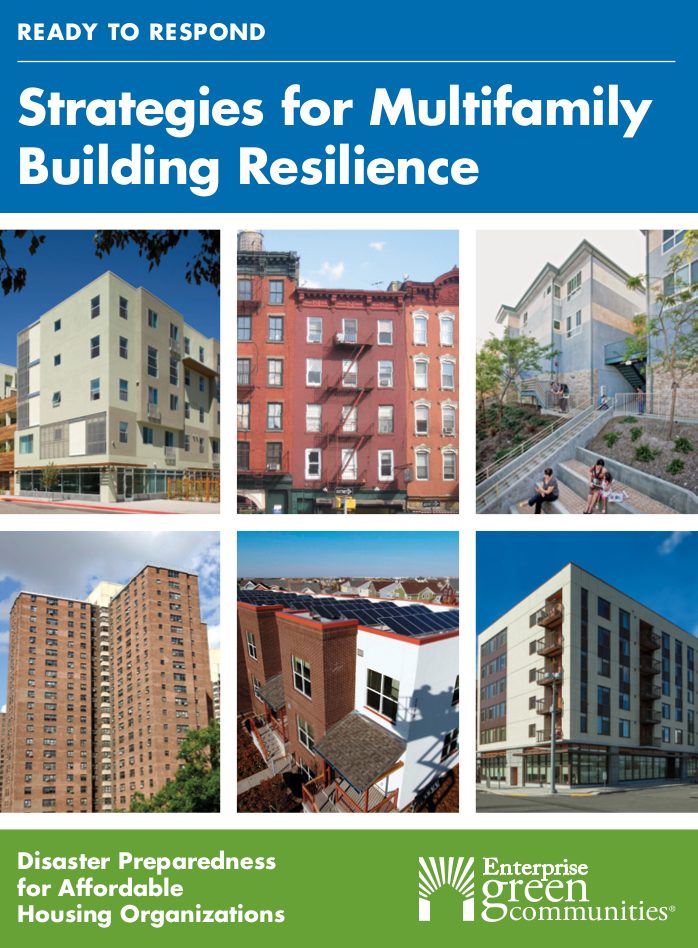
Enterprise Community
Ready to Respond Strategies for MultiFamily Building Resilience
This manual is intended to help new and existing multifamily housing developers, owners and organizations adapt and respond to climate change and other threats. This guide provides strategies for building multifamily resilience and opportunities to connect those strategies to community-centered Resilience Hubs.
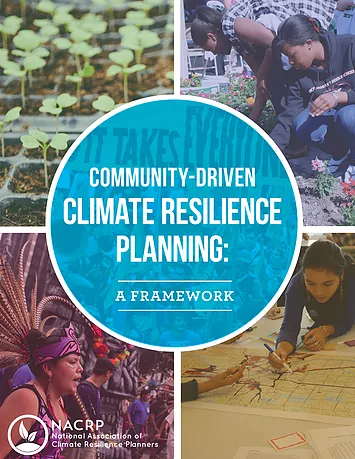
National Association of Climate Resilience Planners (NACRP) Community-Driven Resilience Planning
The opportunity for increasing community resilience is in the very process of developing a plan when those who are most impacted are at the heart of society’s efforts to build a resilient future. This framework puts forth principles and practices that align with the principles of developing a Resilience Hub. The framework offers examples and resources for community-based institutions implementing community-driven planning processes and is useful for a range of stakeholders, including community-based organizations, philanthropy, and the public sector.
Podcasts
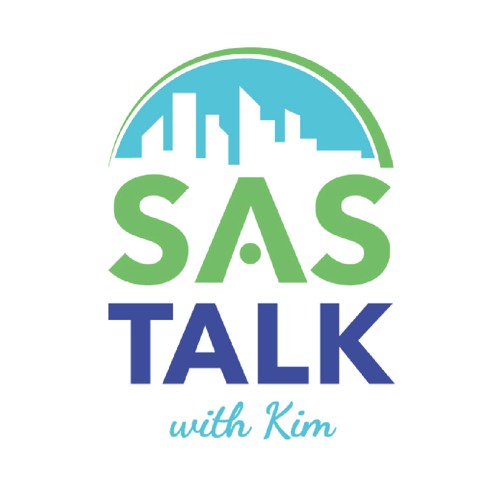
Sustainability Action Series
Resilience Hubs – Interview with Kristin Baja
This is an interview with Kristin Baja, USDN’s Programs Director for Climate Resilience. Baja supports USDN Members, Community-Based Organizations and other partners in implementing Resilience Hub projects. In this podcast she talks about the concept, value and logistics of Resilience Hubs.
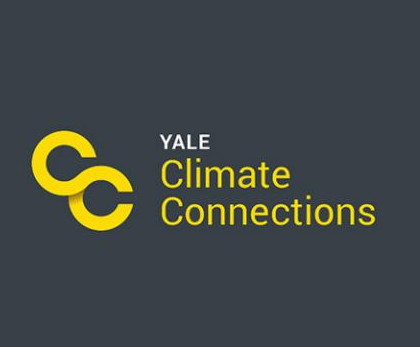
Yale Climate Connections
Resilience Hubs Could Protect
Communities When Disaster Strikes
This is a very short snippet explaining how Resilience Hubs are not intended to be emergency shelters or only for response and recovery in the event of disruption. Instead, Resilience Hubs are intended to serve community needs year-round and focus on enhancing quality of life.
All USDN Resilience Hubs materials are under Creative Commons Attribution-Non Commercial-Sharealike 4.0 license (CC BY NC SA). This means reusers can distribute, remix, adapt, and build upon the material in any medium or format for noncommercial purposes only, and only so long as attribution is given to USDN. If you remix, adapt, or build upon the material, you must license the modified material under identical terms. USDN is using this license to maintain the integrity of the work while also sharing it widely and making it possible for people to continue to build and iterate. It may not be shared commercially. You may find more information about this license here.


